Can India manage not to sneeze even when the US catches cold? That’s the question uppermost on everybody’s mind on the Street.
Goldman Sachs provided the first clue when it upgraded India on Monday. Some investors heaved a sigh of relief when they went through the GS report: “We upgrade India after a year at underweight, on a turn in the macro cycle, oil prices, valuation, and policy reform,” the report noted.
The brokerage said the Reserve Bank of India’s latest move to increase policy rates by 50 basis points (100 basis points make 1 percentage point) suggests the central bank is serious about controlling inflation.
Falling crude prices are also helping, said the brokerage, since India imports more than 70 percent of its crude oil requirements.
In addition, analysts have cut their consensus view on what to expect in terms of earnings per share for the year ending March 2012 by 3.3 percent. The targets now look more achievable though Goldman Sachs still has its own target EPS 1 percent lower than the consensus of 16 percent for 2011. The market is also trading at 14 times its forward earnings, down from the multiple of 17 it was trading at some time back. So, valuations look comparatively attractive as well.
Another foreign brokerage, UBS, holds a similar view: it said that while the markets might be jittery in the short term, they might attract good foreign inflows in the medium to long term. The brokerage also believes that cooling commodity prices could indicate a peaking of the inflation and policy rates cycle. From November onwards, investors will concentrate on earnings for the year ending March 2012/2013. Corporate earnings are expected to grow at around 15 percent, which is much better than what can be expected in developed counterparts.
In such a situation, it seems fair that India should pitch for a ratings upgrade. Indeed, the government is planning to do just that in November, when Standard & Poor’s (S&P) and Fitch Ratings are likely to review India’s ratings. S&P currently rates Indian debt as BBB-, the lowest investment grade, while other severely troubled economies such as Italy and Spain rank much higher.
Of course, not everyone holds such an optimistic view about Indian growth. Centrum, in their latest India strategy report, noted that equities might have to negotiate with slower global growth. The main trouble could be in foreign funding for infrastructure and power projects which again are essential for the India growth story. Fitch Ratings has written in a report that funding might continue to come slow for new infra projects playing havoc with Indian plan of growing at 8 percent. Corporates are already facing the heat with Tata Chemicals, Rural Electrification Corporation postponing their plans to raise money from abroad in the debt markets. Bank of America Merrill Lynch predicts that growth may fall to 6.5 percent if US goes into a recession again.
But it is difficult to see their point that the way markets are reacting to S&P’s downgrading of US is temporary as the problems it faces along with Europe are far too grave to look away from anymore. Ambit Capital points out that US understands the futility of relentless monetary easing when people have lost faith in the fundamentals for an economy. “This weakness in the West’s armoury suggests that the US and the EU have now entered a multi-year economic slowdown”, they say.
So, even if the markets could throw up attractive valuations for now, giving decent returns in the medium term, a broad-based rally would seem unlikely. And there could be one solution: when Fed Chairman Bernanke was asked in the Congress, “Do you think it is important that we should control our fiscal deficit?”, he replied, “Yes, Congressman, I think that would be important.”


)




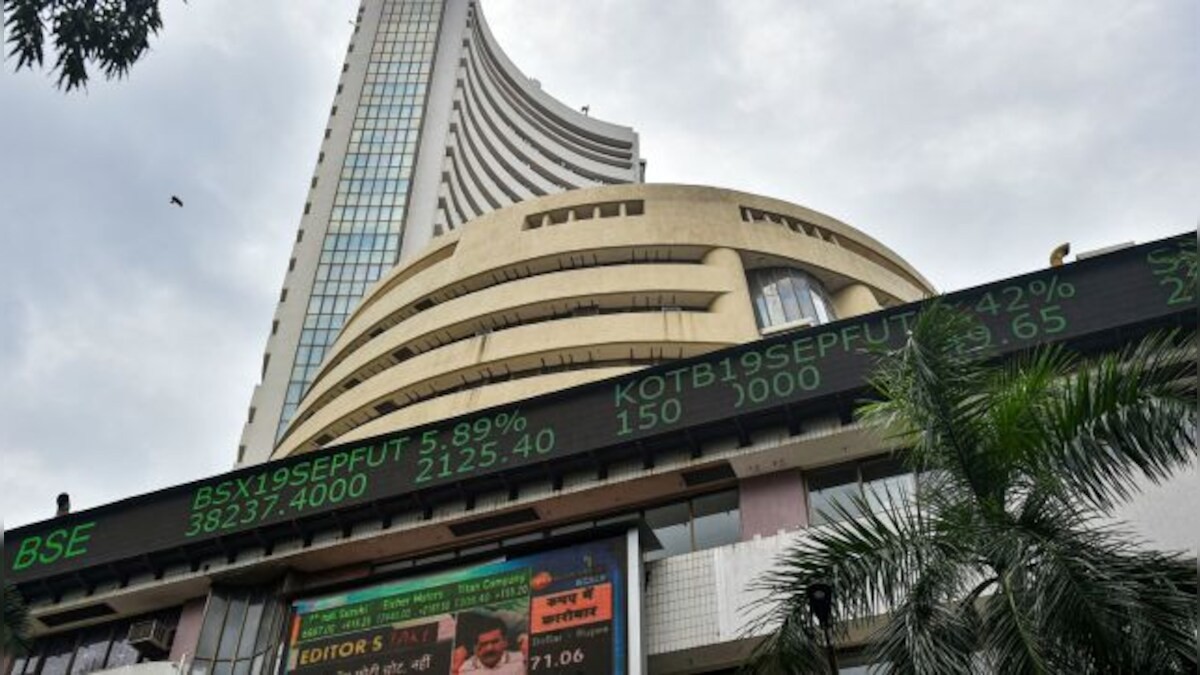)
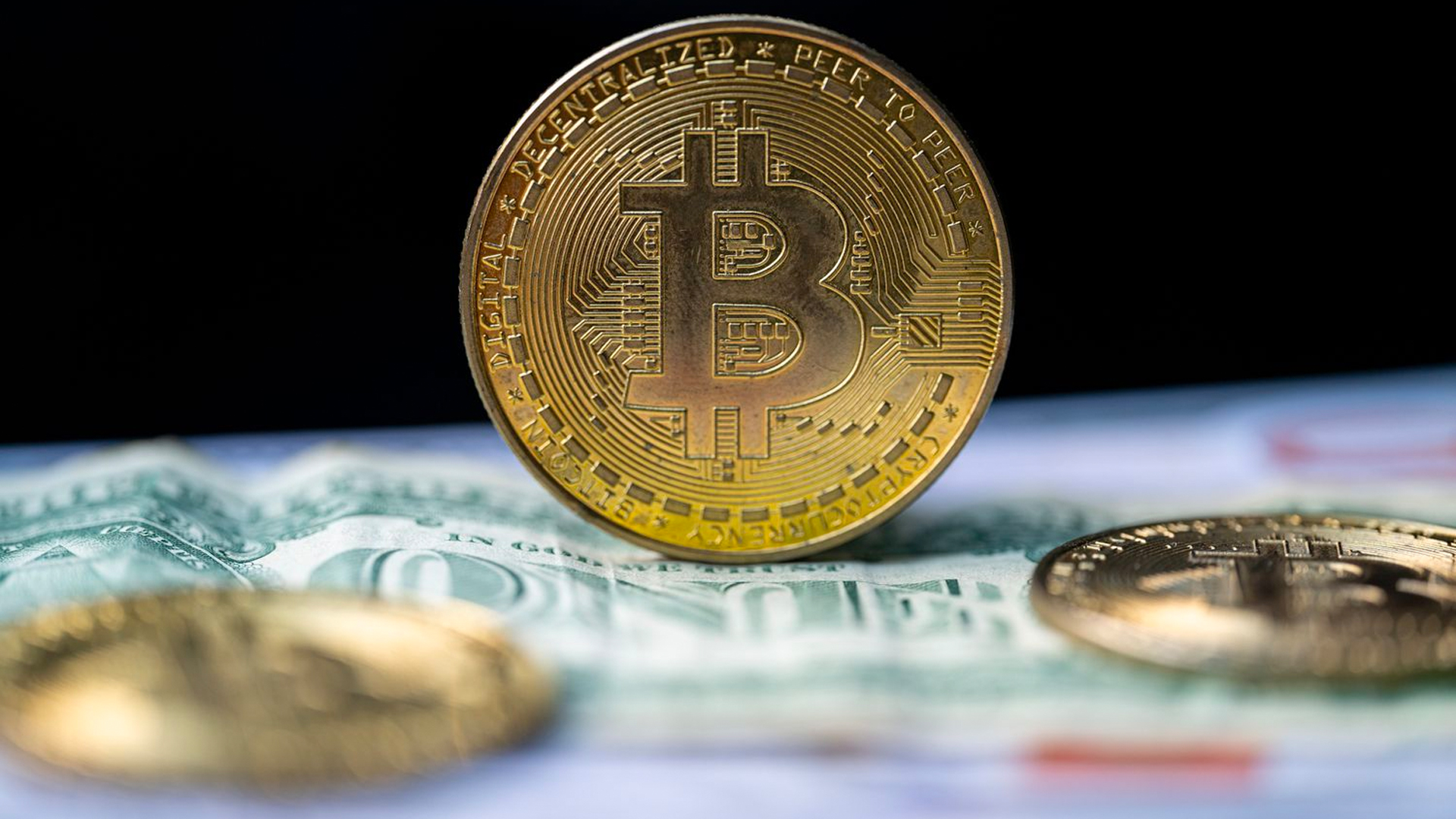)
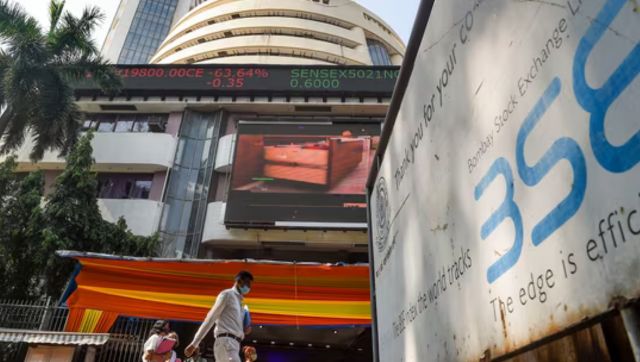)
)
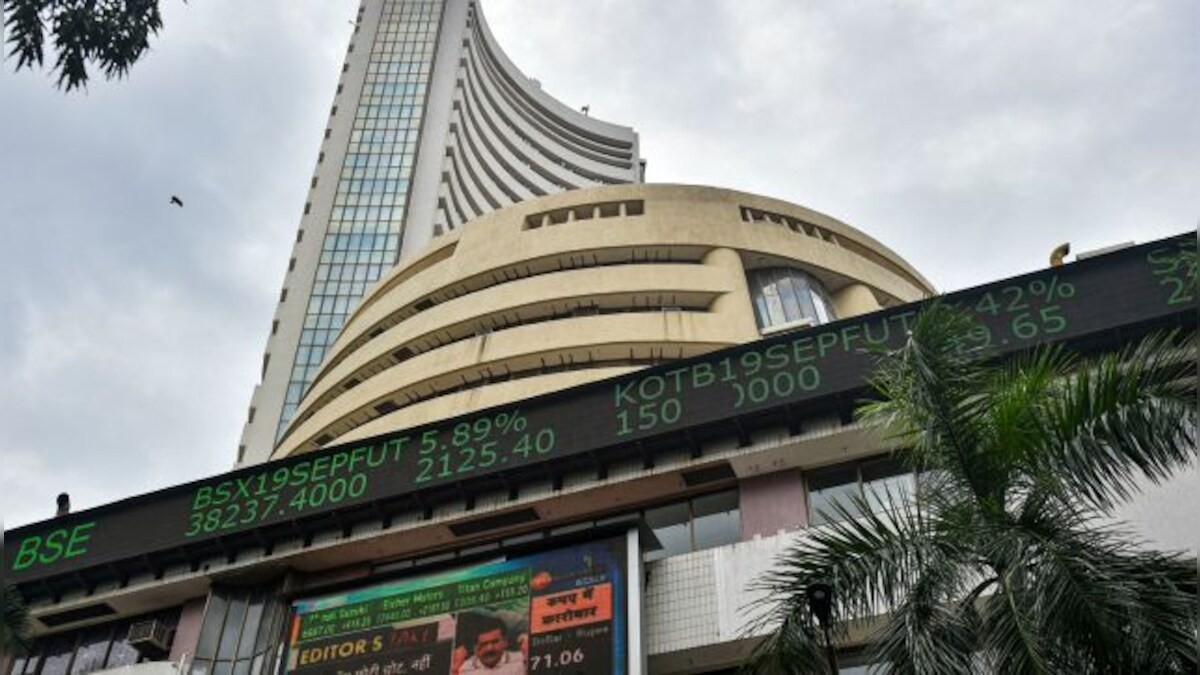)
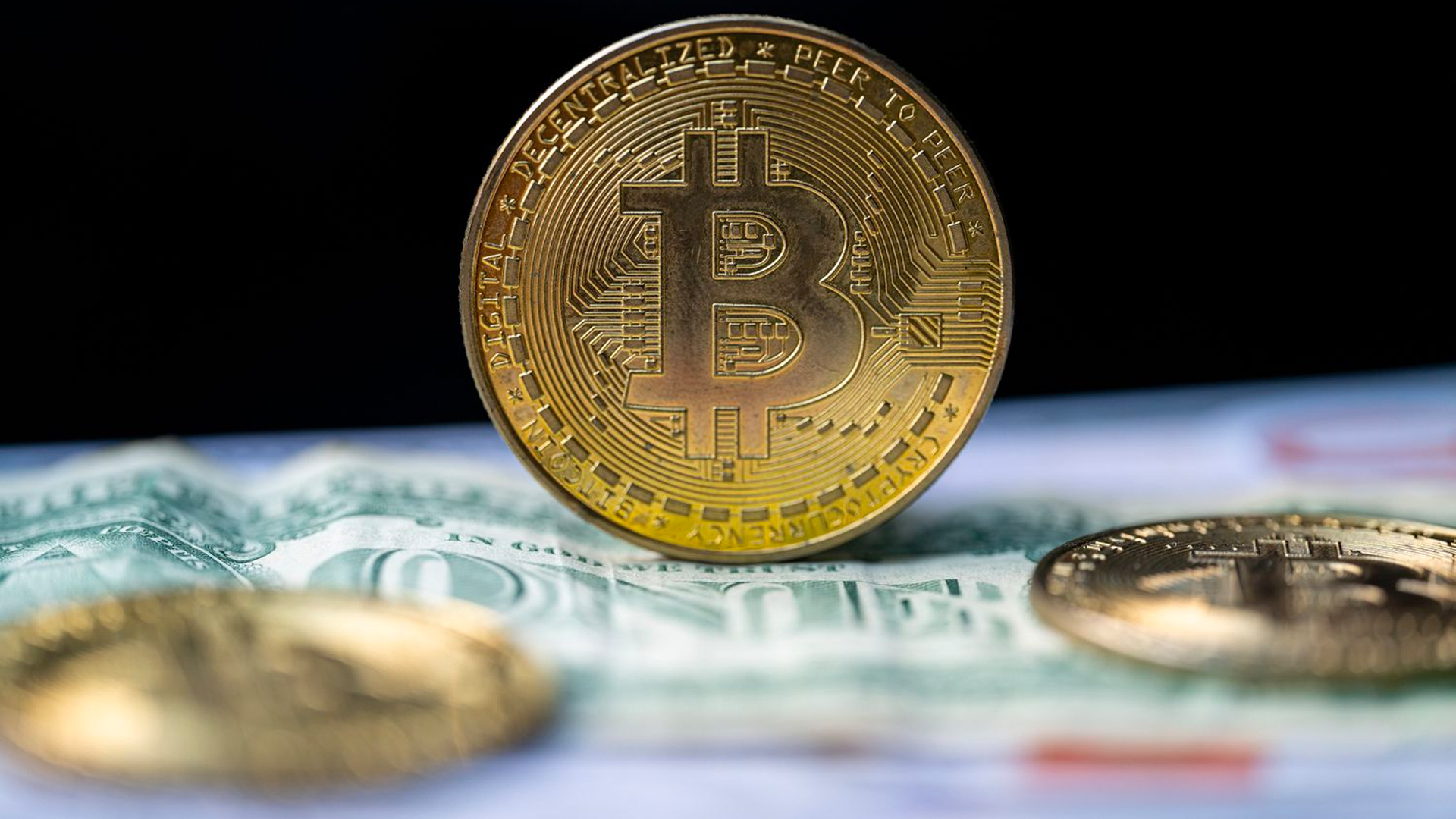)
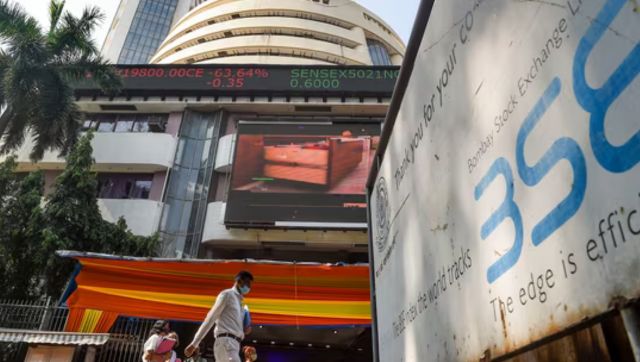)
)